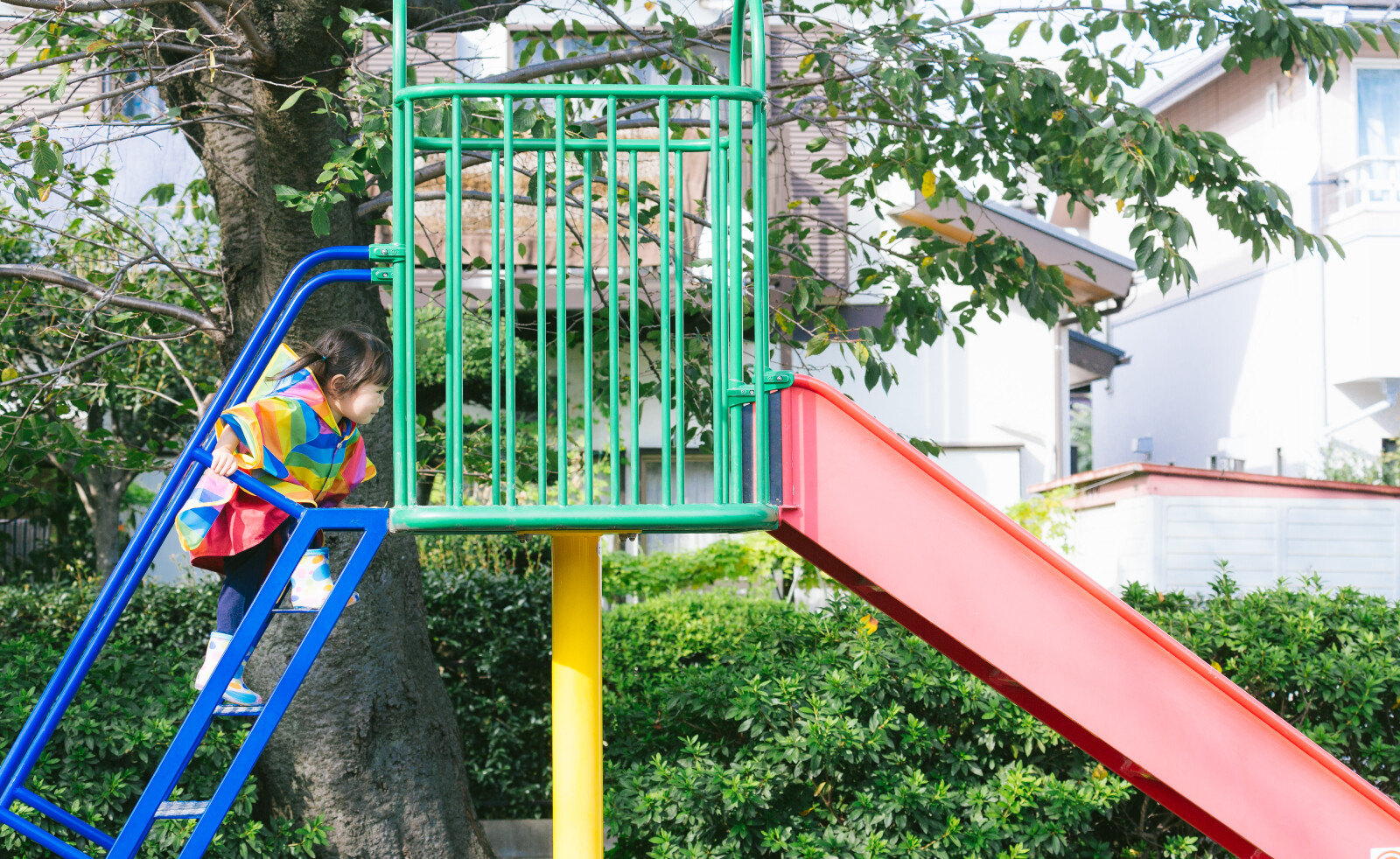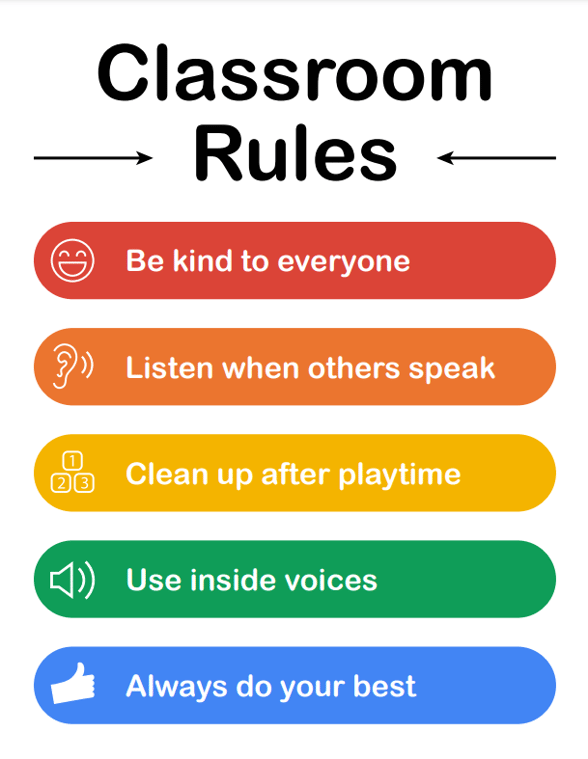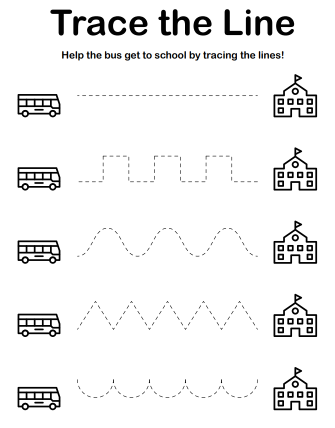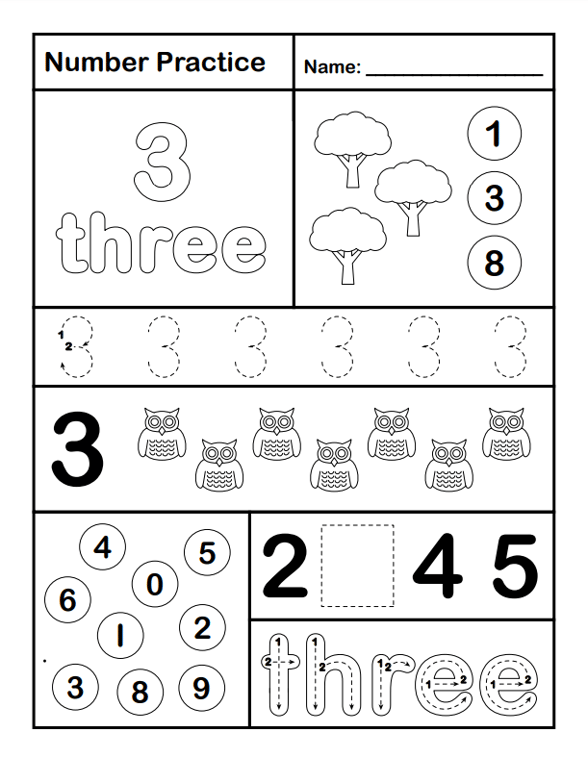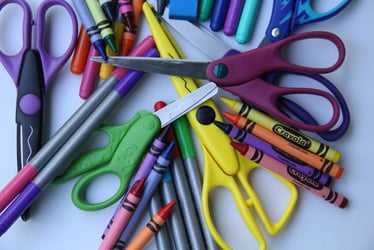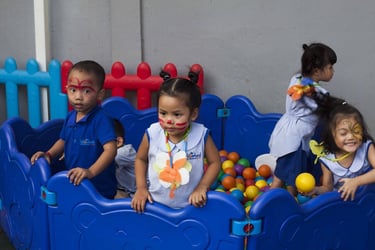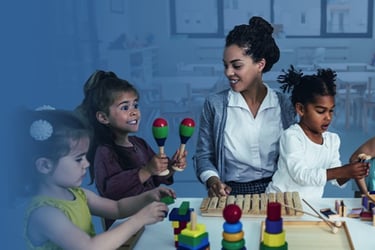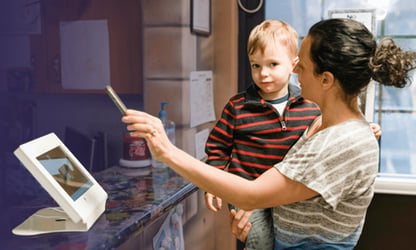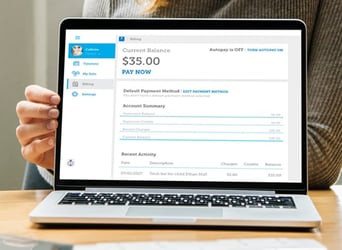Hey teachers! Are you looking for some fun back-to-school activities to kick off the school year with preschoolers? These activity ideas are perfect for the first day of school, helping little ones get to know their new friends. From colorful crafts to alphabet puzzles and Olympic sticker activities, these activities are sure to make the first week of school a blast. Plus, these lessons and activities are centered around learning and literacy, helping children learn in a fun and engaging way.
Table of Contents
What Are the Benefits of Back-to-School Preschool Activities?
How Can Back-to-School Preschool Activities Help with Classroom Dynamics?
Free Printable School Activities for Download
38 Fun Activities for the Back-to-School Season
- Engaging Back-to-School Activities for Preschoolers
- Creative School Bus Crafts
- Interactive Math Activities for Preschoolers
- Back-to-School Rhymes and Songs
- Fun Back-to-School Crafts for Preschoolers
- Back-to-School Lesson Plan
- Icebreakers to Reduce Nervousness
Get 70+ Editable and Printable Templates for Almost Every Preschool Situation
What Are the Benefits of Back-to-School Preschool Activities?
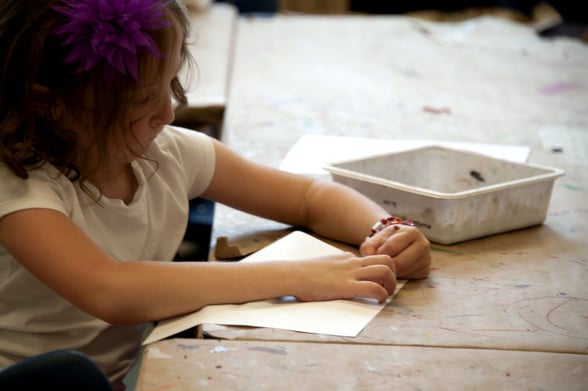
Activities for preschool aren't just a fun way to entertain kids — they also help young children adjust to the preschool back-to-school routine. From back-to-school crafts to free printable coloring pages, these activities can help teach kids about the procedures of the classroom and help them get used to their new environment. Plus, spending time on craft projects is also a great way for kids to make new friends and decorate their school supplies.
Enhancing Fine Motor Skills
Back-to-school activities for preschoolers are instrumental in enhancing fine motor skills. Engaging in tasks such as cutting, gluing and coloring not only captivates their interest, but also aids in the development of hand-eye coordination and dexterity.
Encouraging Creativity through Crafts
Crafts are a cornerstone of preschool back-to-school activities, serving as a powerful tool to spark imagination and creativity in young minds. By providing a variety of materials like paper, fabric, yarn and recyclables, children can explore textures, colors and techniques.
Facilitating Learning with Worksheets
Worksheets can be a fun and effective way to introduce educational concepts to preschoolers. Tailored to be interactive and engaging, they can cover a range of topics from basic math to letter recognition. And children will get used to using worksheets to learn in preschool, kindergarten and beyond.
How Can Back-to-School Preschool Activities Help with Classroom Dynamics?
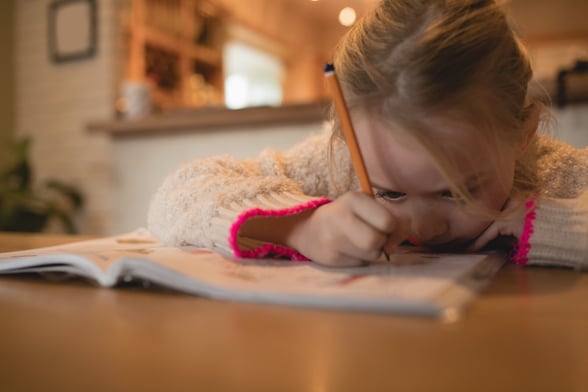
Back-to-school preschool activities are crucial for setting the tone at the beginning of the year. By incorporating fun crafts for kids like coloring with food coloring and making backpack tags with crayons, preschool teachers can get kids excited about a new year of themed learning. These activities not only break the ice and help everyone get to know each other, but also make learning feel less intimidating. Plus, they provide an opportunity to practice classroom management techniques in a smooth and playful way.
Fostering New Friendships through Activities
Back-to-school activities offer a fantastic platform for each preschooler to interact, share and develop friendships. Group activities such as collaborative art projects or circle time games encourage communication and social skills. Examples include:
- Collaborative murals: Painting a large mural together
- Circle time songs and games: Engaging in songs and games that require participation and interaction
Establishing Classroom Rules in a Fun Way
Introducing classroom rules doesn't have to be boring. Through interactive activities and games, preschoolers can learn about respect, sharing and listening. For instance:
- Role-playing: Acting out different classroom scenarios
- Rules-crafting: Creating a colorful chart of classroom rules with children's input
Whatever you do related to rules, it is important to create visual representations. That's why we built a series of premade rule posters designed for preschoolers.
Teaching Coordination through Group Crafts
Group crafts aren't just about creativity; they also teach coordination and cooperation — essential skills for classroom harmony. Working together on a large art project or a group performance can illustrate the importance of teamwork and collective effort.
- Group quilt: Each child contributes a square to a larger quilt.
- Classroom performance: A simple skit or song that involves all children.
Free Printable School Activities for Download
Teachers have a lot on their plates when preparing for the first day of preschool. That's why we work hard to create the best preschool management software available and to build dozens of free templates and samples help. Here are four printables we cooked up just for you.
Download the Packet of Free Back to School Activities for Preschoolers!
Four Engaging Pre-Kindergarten Activities Inside!
38 Fun Activities for the Back-to-School Season
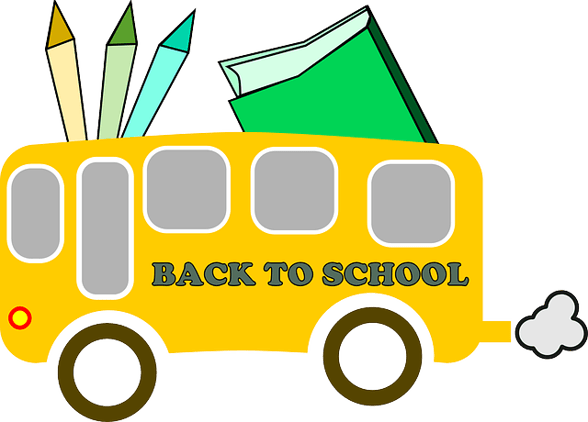
Engaging Back-to-School Activities for Preschoolers
1. Welcome Banners
- Overview: Kids create their own welcome banners to display in the classroom, fostering a sense of belonging and excitement.
- Materials Needed: Colorful paper, markers, stickers, glitter and ribbon
- Setup:
- Precut paper into banner shapes.
- Lay out markers, stickers and glitter.
- Instructions:
- Explain the activity and show a sample banner.
- Encourage children to write their names and decorate their banners.
- Help them attach the ribbons for hanging.
2. Color Sorting Game
- Overview: A playful and educational activity to help kids learn and reinforce color recognition and sorting skills.
- Materials Needed: Various colored objects (blocks, pom-poms, buttons), colored baskets or bins
- Setup:
- Spread out the colored objects on a table.
- Place the corresponding colored baskets or bins nearby.
- Instructions:
- Demonstrate sorting objects by color.
- Encourage children to sort the objects into the correct baskets.
- Facilitate a discussion about the colors and the objects.
3. Alphabet Treasure Hunt
- Overview: An interactive activity that combines new learning with physical movement, helping children recognize and associate letters with objects.
- Materials Needed: Printed letters, objects around the classroom
- Setup:
-
- Hide objects around the classroom, each associated with a different letter of the alphabet.
- Provide each child with a list of letters to find that match corresponding objects.
- Instructions:
-
- Explain how each object matches a letter on their list.
- Let children hunt for the objects and check off each letter as they find the corresponding item.
- Facilitate a discussion about each object and its starting letter, reinforcing letter recognition.
Creative School Bus Crafts
4. School Bus Collage
- Overview: This craft activity encourages creativity and fine motor skills as children create a school bus collage using various materials.
- Materials Needed: Yellow paper, black paper, glue, scissors, miscellaneous craft materials (fabric, buttons, etc.).
- Setup:
- Precut yellow paper into bus shapes and black paper into wheels.
- Arrange an assortment of craft materials on a table.
- Instructions:
- Show an example of a finished school bus collage.
- Instruct children to glue the wheels onto their bus.
- Encourage them to decorate their buses using the available materials.
5. Interactive School Bus Story Time
- Overview: Combine storytelling with a craft activity where children create their own school bus while following a story.
- Materials Needed: Cardboard cutouts of a bus, colored markers, glue, decorative materials
- Setup:
- Provide each child with a cardboard bus cutout.
- Lay out markers and decorative materials on the table.
- Instructions:
- As you read a story about a school bus adventure, pause at intervals to let children decorate parts of their bus.
- Encourage them to use their imagination to add unique elements to their bus.
- At the end of the story, allow kids to share their buses and the stories behind their designs.
6. School Bus Safety Role-Play
- Overview: A practical and fun way for kids to learn about school bus safety through role-playing.
- Materials Needed: Cardboard cutouts of a bus, traffic signs and seats
- Setup:
- Arrange the cardboard cutouts to simulate a bus environment.
- Assign roles to children, such as driver, passengers and crossing guard.
- Instructions:
- Guide the children through various scenarios, such as boarding the bus, finding a seat and exiting the bus.
- Discuss important safety rules at each step of the role-play.
- Encourage questions and provide clear, simple answers to enhance understanding of bus safety.
7. School Bus Pennant Decorations
- Overview: Kids will love creating these school bus-themed pennants, boosting their creativity and classroom decoration.
- Materials Needed: Yellow construction paper, markers, string, glue
- Setup:
- Cut the construction paper into large triangles.
- Prepare markers and glue for decoration.
- Instructions:
- Show the children how to draw a school bus on the triangle.
- Let them decorate their buses with markers.
- Once completed, attach the pennants to the string for display.
8. School Bus Safety Map
- Overview: Children learn about safety and their school environment by creating a map of the school bus route.
- Materials Needed: Large paper or cardboard, markers, stickers, toy buses
- Setup:
- Lay out the large paper or cardboard.
- Provide markers and other decorative materials.
- Instructions:
- Help the children draw a simple map of their school bus route or the area around the school.
- Discuss important safety landmarks and have them add these to the map.
- Use toy buses to simulate the bus journey, reinforcing the safety lessons.
Interactive Math Activities for Preschoolers
9. Counting with Apples
- Overview: Integrating a theme of apples, this activity helps preschoolers practice counting in a fun and tangible way.
- Materials Needed: Paper apple cutouts (or real apples), numbered baskets or bins
- Setup:
- Place apple cutouts or apples and numbered baskets on a table.
- Instructions:
- Demonstrate counting apples and placing them in the corresponding numbered basket.
- Encourage children to count and sort apples into baskets.
- Engage with each child, discussing the numbers and counting together.
10. Shape Sorting with School Supplies
- Overview: A hands-on activity to help children learn shapes by sorting school supplies.
- Materials Needed: Various school supplies (pencils, erasers, notebooks), labeled bins with shape indicators
- Setup:
- Arrange the school supplies on a table.
- Place the bins with shape labels in reach.
- Instructions:
- Demonstrate sorting a few supplies into the correct bins based on their shapes.
- Encourage the children to sort the remaining items, discussing the shapes as they do so.
- Review the shapes and items once everything is sorted.
11. Counting Caterpillars
- Overview: This activity combines art and math, where children create caterpillars to learn counting and number sequencing.
- Materials Needed: Colored paper circles, glue, markers
- Setup:
- Provide each child with a set of colored paper circles.
- Have markers and glue on hand.
- Instructions:
- Show the children how to glue the circles together to form a caterpillar.
- Instruct them to number each circle segment from 1 to 10, creating a visual representation of number order.
- Encourage them to decorate their caterpillars with faces and antennae, making the activity both educational and creative.
12. Math Worksheets
One of the easiest math activities for teachers involves math worksheets. Once you find the math worksheet that suits your needs, you simply need to print them. As part of our commitment to providing pre-kindergarten teachers with the tools they need, including free materials and the best preschool management software, we've created math worksheets you can use for your back-to-school activities. Click the image below to collect the whole pack of five!
Back-to-School Rhymes and Songs
13. "The Wheels on the Bus" Sing-Along
- Overview: A group sing-along to the classic nursery rhyme that promotes musical rhythm, listening skills and social interaction.
- Materials Needed: None
- Setup:
- Gather the children in a circle.
- Instructions:
- Sing the song once, demonstrating the actions.
- Invite the children to sing along and perform the actions.
- Repeat the song, encouraging louder participation and engagement.
14. "Back-to-School" Lyric Creation
- Overview: Foster creativity and language skills by having children create their own verses to a common tune about going back to school.
- Materials Needed: Paper, pencils, a familiar tune (like "Twinkle, Twinkle, Little Star")
- Setup:
- Write the original song's lyrics on a board or large paper.
- Give each child paper and a pencil.
- Instructions:
- Explain the task and provide an example by changing a few lyrics of the original song.
- Help the children create their own verses about their school experience.
- Have a sing-along session where children share their creative lyrics.
15. Days of the Week Song
- Overview: A musical activity that helps children learn and remember the days of the week.
- Materials Needed: None
- Setup:
- Gather the children in a circle.
- Instructions:
- Teach the children a simple song or rhyme that includes the days of the week.
- Sing the song together, incorporating gestures or clapping to enhance engagement.
- Repeat the song, encouraging the children to sing louder and participate more actively.
16. Weather Watchers Song
- Overview: Introduce a daily routine where children observe the weather and sing a song about their observations.
- Materials Needed: None
- Setup:
- Teach the children a simple weather-themed song or rhyme.
- Instructions:
- Each day, have the children look outside and observe the weather.
- Sing the weather song together, customizing the lyrics to match the day's weather.
- Encourage the children to describe the weather and what kind of clothing or activities it suggests.
Fun Back-to-School Crafts for Preschoolers
17. Self-Portrait Templates and Creativity
- Overview: This activity allows preschoolers to express themselves through art, capturing their own images on paper.
- Materials Needed: Paper, crayons, mirrors
- Setup:
-
- Set up a mirror in front of each seating area.
- Provide paper and crayons to each child.
- Instructions:
-
- Explain that each child will draw their own face as they see it in the mirror.
- Encourage them to notice and include details like hair color, eye color and emotions.
- Assist children as needed, encouraging them to talk about their drawings.
18. Classroom Helpers Chart
- Overview: An activity that promotes responsibility and community by assigning classroom roles to children.
- Materials Needed: Large poster board, markers, stickers, photos or drawings of each child
- Setup:
- Prepare the poster board with different classroom helper roles listed.
- Include a space next to each role for a photo or drawing of the assigned child.
- Instructions:
- Discuss the importance of each role and how they help the classroom function smoothly.
- Assign roles to each child or let them choose, then place their photo or drawing next to their role.
- Rotate roles regularly to give each child a chance to participate in different tasks.
19. Classroom Friendship Tree
- Overview: A heartwarming activity that builds community and decorates the classroom.
- Materials Needed: Large poster paper or bulletin board, paper leaves, markers, photos of students
- Setup:
- Create or draw a large tree on poster paper or a bulletin board.
- Provide paper leaves and markers.
- Instructions:
- Have each child write their name on a leaf and decorate it.
- Attach a photo of each child next to their leaf.
- Discuss the importance of friendship and community as you attach the leaves to the tree.
20. Classroom Time Capsule
- Overview: Create a time capsule with the children, capturing their current interests and abilities, to be opened at the end of the school year.
- Materials Needed: A sturdy container, paper, pens, small personal items from each child
- Setup:
- Provide each child with a piece of paper and pen.
- Explain the concept of a time capsule.
- Instructions:
- Have each child write or draw something about themselves, like a favorite memory or a current favorite activity.
- Collect a small item from each child to include in the capsule.
- Seal the items in the container, explaining that it will be opened at the end of the school year to see how much everyone has grown.
21. Personalized School Supply Boxes
- Overview: Children decorate their own supply boxes, adding a personal touch to their school essentials.
- Materials Needed: Small cardboard or plastic boxes, stickers, markers, glitter
- Setup:
- Provide each child with a box and lay out the decorating supplies.
- Instructions:
- Encourage children to decorate their boxes with their names and favorite colors or patterns.
- Assist them with any complex design elements or material use.
- Use this opportunity to discuss the importance of organizing and caring for their supplies.
22. Friendly Handprint Wreath
- Overview: A collaborative project where children contribute to a classroom decoration, symbolizing unity and friendship.
- Materials Needed: Paper, paint, a large circular base
- Setup:
- Prepare the circular base and set out different colors of paint.
- Provide paper for handprints.
- Instructions:
- Help each child coat their hand with paint and press it onto the paper to create a print.
- Once the handprints are dry, cut them out and attach them to the circular base to form a wreath.
- Hang the wreath in the classroom as a symbol of the class's collaborative spirit and friendship.
23. Crafting Colorful Classmate Name Tags
- Overview: A fun and interactive way for kids to learn each other's names and add a personal touch to their outfits or desks.
- Materials Needed: Cardstock, markers, stickers, safety pins or string
- Setup:
- Cut cardstock into name tag-sized pieces.
- Set out markers, stickers and safety pins or string.
- Instructions:
- Instruct each child to write their name on the cardstock and decorate it.
- Help them attach a safety pin or string to wear or place the tag on their desk.
- Encourage kids to learn the names of their classmates by observing the tags.
24. Classroom Welcome Banner
- Overview: Create a welcoming atmosphere with a collaborative banner made by all the students.
- Materials Needed: Large roll of paper, paint, markers, decorative items
- Setup:
- Spread the large paper roll on a flat surface accessible to all kids.
- Arrange the paints, markers and decorative items.
- Instructions:
- Invite each child to contribute by painting or drawing on the banner.
- Encourage them to add their names and a welcome message.
- Once dry, display the banner prominently in the classroom.
25. Build Your Own Storybook
- Overview: An activity that encourages creativity and storytelling, where each child creates their own simple storybook.
- Materials Needed: Paper, crayons, stapler or string
- Setup:
- Fold several sheets of paper in half to create booklets.
- Set out crayons and other drawing materials.
- Instructions:
- Guide the children in creating a simple narrative or picture story within their booklets.
- Help them illustrate their stories.
- Help them secure the pages together, either by stapling or threading string through punched holes.
26. Customizable Bookmark Crafting
- Overview: Encourage reading by having children create their personalized bookmarks.
- Materials Needed: Heavy paper or cardstock, markers, stickers, ribbon
- Setup:
- Cut the cardstock into bookmark-sized strips.
- Prepare markers, stickers and ribbons for decoration.
- Instructions:
- Show the children how to decorate their bookmarks creatively.
- Help them punch a hole at the top and thread a ribbon through for a finishing touch.
- Encourage them to use their bookmarks in their favorite books or during classroom reading time.
27. My School Year Goals Poster
- Overview: An inspiring activity where children set and illustrate their goals for the school year.
- Materials Needed: Large paper or poster board, markers, stickers, magazines for cutting out
- Setup:
-
- Provide each child with a large piece of paper or poster board.
- Set out markers, stickers and magazines.
- Instructions:
-
- Discuss what goals are and help children think of one or two goals for their school year.
- Encourage them to illustrate their goals on the poster, using markers and adding pictures or words from magazines.
- Allow them to present their goals to the class, fostering a supportive environment.
28. Pencil Topper Creations
- Overview: A craft activity that allows children to personalize their writing tools, making writing and drawing more exciting.
- Materials Needed: Foam sheets or felt, scissors, glue, markers, pencils
- Setup:
- Cut the foam sheets or felt into small shapes or figures.
- Set out the scissors, glue, markers and pencils.
- Instructions:
- Let the children choose their foam shapes and decorate them with markers.
- Show them how to attach the shapes to the top of their pencils using glue.
- Encourage them to use their new pencil toppers when writing or drawing.
29. Favorite Book Cover Re-Creation
- Overview: Encourage reading and creativity by having children re-create the cover of their favorite book.
- Materials Needed: Paper, crayons, markers, sample book covers for inspiration
- Setup:
-
- Provide each child with paper and drawing materials.
- Display sample book covers for inspiration.
- Instructions:
-
- Have each child think of their favorite book and describe its cover.
- Assist them in recreating the cover with their own artistic twist.
- Share the finished covers with the class and ask different questions to discuss why each child chose that particular book.
30. Friendship Bracelets
- Overview: A fun and interactive way to foster friendships, children create bracelets to exchange with classmates.
- Materials Needed: Yarn or embroidery thread, beads, safety pins or tape
- Setup:
- Cut the yarn or thread into lengths suitable for bracelets.
- Set out beads and other decorative items.
- Instructions:
- Show the children how to braid or twist the yarn to create a bracelet.
- Let them personalize their bracelets with beads or by weaving in different colors.
- Encourage children to exchange bracelets with a friend or make one as a gift for a new classmate.
Back-to-School Lesson Plan
31. "All About Me" Presentation
- Overview: This activity allows children to share information about themselves, enhance their speaking skills and build self-confidence.
- Materials Needed: Paper, crayons, markers, any personal items children wish to bring (You can access some of the free materials we built, including worksheets you can print.)
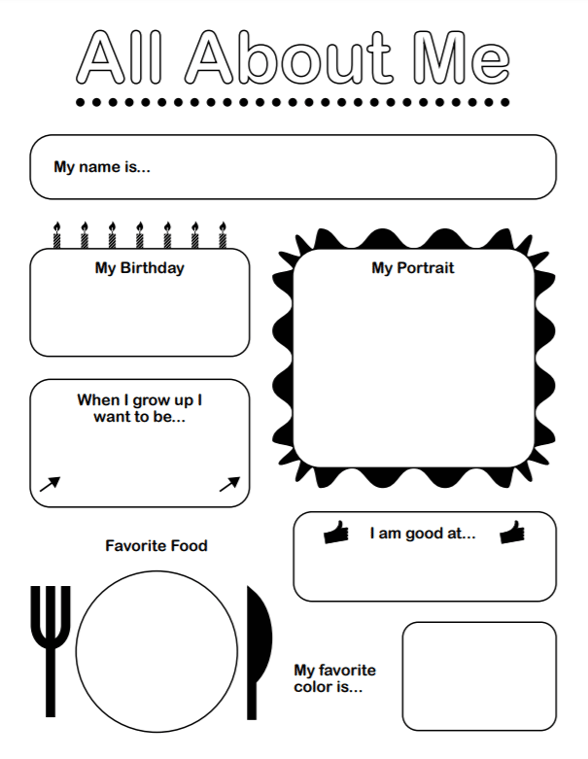
- Setup:
-
- Inform parents in advance so children can bring small items from home that represent something about themselves.
- Provide paper and crayons or markers for children to create a visual aid.
- Instructions:
-
- Give each child time to draw or write things about themselves on the paper.
- Help them prepare a short presentation using their visual aid and personal item.
- Facilitate the presentations, allowing each child to share and answer questions from classmates.
32. Classroom Scavenger Hunt
- Overview: An interactive way for children to get to know their classroom environment and each other.
- Materials Needed: List of items or features to find in the classroom, pencils
- Setup:
- Prepare a list of items or features in the classroom that children need to find.
- Pair children up to promote teamwork.
- Instructions:
- Hand out the scavenger hunt lists and pencils to each pair.
- Explain that they'll need to work together to find each item on the list.
- Conclude the activity with a discussion about the items they found and how each item is used in the classroom.
33. Daily Routine Role-Play
- Overview: A role-play activity that helps children understand and get comfortable with the daily classroom routine.
- Materials Needed: Props related to daily classroom activities (books, snack items, a mock clock, etc.)
- Setup:
- Set up different stations around the classroom that represent parts of the daily routine, such as arrival, reading time, snack time and departure.
- Instructions:
- Divide the children into small groups and assign each group a station to start.
- Guide them through a role-play of the activities at each station, explaining the typical actions and expectations.
- Rotate the groups through the stations so each child experiences the full range of daily activities.
- Debrief with a discussion on what they learned about their day in school.
Icebreakers to Reduce Nervousness
34. "Two Truths and a Lie" Game
- Overview: A classic icebreaker game that encourages children to share fun facts about themselves and guess those of others, facilitating bonding and laughter.
- Materials Needed: None
- Setup:
-
- Explain the rules of the game to the children.
- Answer any questions about the game.
- Instructions:
-
- Each child thinks of two true things about themselves and one false thing.
- They take turns sharing their three statements and the rest of the class guesses which statement is the lie.
- After the guesses, the child reveals the lie and shares a bit more about the truths.
35. "Find Someone Who" Game
- Overview: A mingling activity that encourages children to find commonalities among themselves, easing nervousness and building classroom camaraderie.
- Materials Needed: "Find Someone Who" sheets with various statements, pencils
- Setup:
-
- Create sheets with different statements like "Find someone who has a pet" or "Find someone who likes ice cream."
- Instructions:
-
- Distribute the sheets to each child.
- Children walk around the room asking their classmates if they match any statements on their sheet.
- When they find a match, they write the name of the person next to the statement.
- Share the results as a group, discussing the common interests and experiences discovered.
36. Emotion Charades
- Overview: An activity that helps children play charades to express and recognize different emotions, aiding in empathy development and reducing nervousness through play.
- Materials Needed: Cards with different emotions written on them
- Setup:
-
- Prepare cards with a variety of emotions (happy, sad, surprised, scared, etc.).
- Instructions:
-
- Have children draw a card and then act out the emotion without speaking.
- The other children guess the emotion being portrayed.
- Discuss each emotion briefly, talking about what might make someone feel that way and how to respond to friends feeling those emotions.
- Rotate roles until all children have had a chance to express and guess emotions.
37. Name Toss Ball Game
- Overview: A simple and fun game where children toss a ball to help them learn each other's names and reduce nervousness through physical activity.
- Materials Needed: A soft ball or beanbag
- Setup:
-
- Have the children stand or sit in a circle.
- Instructions:
-
- Start by holding the ball, saying your name and then gently tossing it to a child in the circle.
- The child who catches the ball says their own name and then tosses the ball to another child.
- Continue until everyone has caught the ball and said their name. Encourage children to say "thank you [name]" to the person who tossed them the ball to reinforce name recognition.
- To increase engagement, add a second ball to the mix once everyone is comfortable with the game.
38. Balloon Breathing Exercise
- Overview: A calming activity that uses deep breathing techniques to reduce nervousness, helping children focus and relax.
- Materials Needed: None
- Setup:
-
- Have the children sit comfortably on the floor or at their desks.
- Instructions:
-
- Explain that they will pretend their bellies are balloons that they need to inflate and deflate.
- Instruct them to place their hands on their stomachs and slowly breathe in, feeling their bellies expand like a balloon.
- Slowly exhale, imagining the balloon deflating and notice their hands moving down with their bellies.
- Continue for several breaths, guiding them to focus on the movement of their hands and the sensation of breathing.
- Discuss how they feel before and after the exercise to highlight the calming effects of deep breathing.
Get 100+ Editable and Printable Templates for Almost Every Preschool Situation
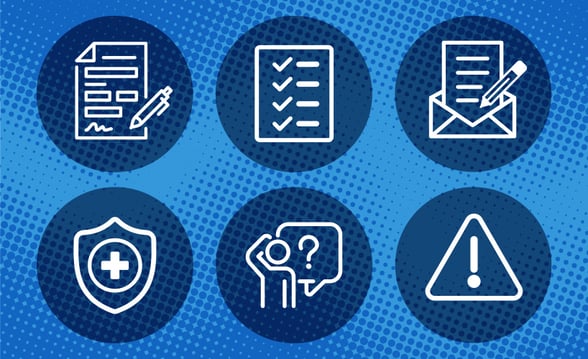
We know daycare providers like you are busy. That's why we made dozens of templates to help you manage the various aspects of your organization. From billing and invoicing to marketing materials, we have it all. Download all 70 today!




